
“How do I transition from conventional shoes to minimalist shoes?” is one of the most common questions we receive at Natural Footgear. I, Dr. Robyn Hughes, co-wrote the following article with Correct Toes inventor Dr. Ray McClanahan to address this very question. This article originally appeared on the Correct Toes blog.
Many people are aware that a transition period is required when switching from conventional shoes to minimalist shoes (now sometimes referred to as “functional footwear”). In fact, this is one of the most common topics we hear about from readers here at Natural Footgear. Most people want to know the proper protocol for transitioning to men's or women's foot-healthy footwear—shoes, boots, or sandals that are widest at the ends of the toes, have flexible soles, are lightweight, and possess no heel elevation, toe spring, or artificial arch bumps or props. Though every individual is different and has unique factors or circumstances to consider, we’ve come up with eight general suggestions to heed that are important for everyone making this transition.
And here they are:
- Take a slow, progressive approach
- Proceed in a stepwise fashion
- Allow time for adjustments to occur
- Address gait changes
- Use metatarsal pads and heel cups, if necessary
- Use Correct Toes toe spacers
- Add barefoot time to your regimen
- Perform key home care exercises
Below, we explore each of these suggestions in greater detail. Read on to learn all about how to successfully transition from conventional shoes to minimalist shoes.
1. Take a Slow, Progressive Approach

It’s perfectly normal for you to be excited about this new approach to foot health and function. After all, countless people have already benefited from foot-shaped minimalist shoes and natural foot health approaches. But it is possible to be overzealous in the adoption of this new footwear, and failing to transition slowly and properly from conventional shoes to minimalist shoes might lead to problems for some.
Consider wearing your new minimalist shoes for a very short period at first, such as 30 minutes per day, and then gradually increasing wear-time by 30 minutes per day as your feet and body adapt to the changes. If you’re a runner or walker who's using minimalist athletic shoes for the first time, consider paring back your mileage initially. As your foot and toes become stronger, you can begin wearing your minimalist shoes for longer runs or walks.
Some individuals may be good candidates for a slightly accelerated transition period. This could include runners or walkers who are experiencing significant pain while using their conventional athletic shoes or those who already spend a lot of time barefoot. If you opt to stop using conventional footwear altogether after starting in with minimalist shoes, it's particularly important to remain vigilant and monitor your feet and lower legs for signs of fatigue or strain. Know when to back off and give your feet some time to rest and adapt to the changes taking place in your tissues.
Note: It's very important to understand that minimalist shoes go hand in hand with a change in running form. Because the soles of these shoes are thin and flexible, you can't pound the ground as hard with your footfalls. Most people who switch from conventional athletic shoes to minimalist athletic shoes adopt a forefoot or “midfoot” (i.e., whole foot) strike that occurs directly underneath the body, instead of a heel strike that occurs in front of the body. This forefoot or midfoot strike is important for dissipating the ground reaction forces experienced by your feet and lower extremities when running barefoot or in minimalist shoes. Our article entitled The Shoe Cushioning Myth delves into this topic in much greater detail.
2. Proceed in a Stepwise Fashion

Many people benefit from a stepwise approach to minimalist shoes that involves a gradual transition from a built-up conventional shoe to a transitional type of shoe (such as the Lems Trail Blazer) to a true minimalist shoe. There are two main considerations as it concerns this stepwise approach:
- The sole of the foot
- The Achilles tendon
The sole of the foot is extremely sensitive, which is great for sensing the ground and making appropriate micro-adjustments during gait. But after a lifetime of wearing thick-soled shoes, the sole of the foot (including the skin, muscles, nerves, and other tissues that make up this part of the body) is not properly adapted to the ground, and being barefoot or using thin-soled shoes can be uncomfortable.
The best way to build up or condition your foot’s sole is to start with slightly thicker-soled footwear and then move to thinner-soled options over time. Note that your thicker-soled footwear selection should still possess all the other foot-healthy characteristics we recommend, specifically, a flat platform (i.e., no heel elevation, no toe spring, and no arch-propping inserts), a toe box that's widest at the ends of your toes, a flexible sole that you can easily bend or twist, and a low overall weight.
After wearing conventional shoes with heel elevation for years (or decades, in many cases), the Achilles tendon often becomes contracted, or shortened (sometimes up to three-quarters of an inch!). A shortened Achilles tendon will return to its normal length after conventional footwear is abandoned and the foot is allowed to rest on a level plane, but this process takes time. Heat, physical therapy modalities, and warming or cooling gels can help with this transition and rehabilitation.
Shifting from a shoe with heel elevation to a “zero drop” platform can place a significant amount of strain on your Achilles tendon, and overdoing it, especially at first, can cause damage and pain in this part of your body. Again, a slow, stepwise shift from conventional footwear to transitional footwear to truly minimalist footwear can make the leap to more foot-healthy shoes a more pleasant experience.
3. Allow Time for Adjustments to Occur

The changes and deformities that happen in feet and toes exposed to conventional footwear take many years to occur. It’s no surprise, then, that positive, healthy changes and true foot and toe rehabilitation will also take some time. Some people who transition to minimalist shoes do not allow enough time for the soles and the muscles in the feet and the rest of the lower body to strengthen and adapt. Transitioning to minimalist shoes will, in most cases, work your foot and lower body in a very new and unique way, leading to initial soreness and fatigue in many before the longer-term strength gains and other favorable adaptations occur. Be patient, monitor your body’s response to this transition, and take it slowly! Changes are afoot.
4. Address Gait Changes

It’s common for gait changes to occur when switching from conventional shoes to minimalist models. Most people who wear conventional shoes are heel-strikers (thick, elevated heels make it almost impossible to be anything but). People who wear minimalist shoes, on the other hand, often first contact the ground with the forefoot or the entire foot all at once—a very different gait pattern that has wide-ranging effects throughout the body. This change in gait pattern tends to happen naturally upon moving to footwear with a completely flat (and thin) support platform. But sometimes there is a lag in gait changes that occurs during this transition, and some people still continue to heel strike or pound or slap the pavement even after shifting to minimalist footwear.
Heel striking in minimalist shoes may cause some heel discomfort, as there is no longer the same level of cushioning in place to seemingly absorb the shock. Using heel cups (please see the next section for further details about heel cups) can be helpful in reducing or preventing this discomfort. Another helpful approach is to pay a lot of attention to how your feet are contacting the ground with every step or stride you take. Basically, just feel and listen to your body and avoid distractions (chatting with friends, listening to music, etc.) while you’re walking or running during this transition period. Strive to practice your “quietest” possible run, paying special attention to the location and force of your footfalls while making as little sound as possible every time your foot contacts the ground. Our article entitled Three Meditations for Running offers further thoughts on things you can do to ensure a healthy and optimal running gait.
5. Use Metatarsal Pads & Heel Cups, if Necessary

Using Pedag metatarsal pads or Strutz Pro foot pads is an unobtrusive way to restore proper muscle and tendon balance in your foot and lower leg. Metatarsal pads also reposition your forefoot fat pad back to a location that cradles and protects your metatarsal heads. The metatarsal heads are a common pain point in many people with foot problems, and they are a common location for stress fractures in those who habitually slap the ground when running (a regular occurrence in those who wear conventional athletic shoes). Metatarsal pads, if placed properly, can also help spread your transverse foot arch, which helps take pinch pressure off the sensitive structures that run through the ball of your foot, including nerves and blood vessels.
SHOP PEDAG METATARSAL PADS SHOP STRUTZ PRO FOOT PADS

Heel cups are another helpful (and unobtrusive) natural foot product that alleviates point tenderness in the heel—something that occurs from time to time in minimalist shoe adopters. This point tenderness can happen early in the transition phase or later on, after you’ve been wearing minimalist shoes for a period of time. Point tenderness in the heel is relatively rare in minimalist shoe wearers, but it can be uncomfortable and, in some cases, lead to abandonment of natural foot health approaches. A simple heel cup is often enough to address this discomfort and keep you in footwear that lets your foot function the way nature intended. Setbacks may happen from time to time, but in most cases, there is usually a simple solution or tweak possible that can help you stay on the path toward optimal foot health.
SHOP HEEL CUPS
6. Use Correct Toes Toe Spacers

Using Correct Toes is one of the most powerful ways to support the transition from conventional footwear to minimalist shoes. Correct Toes naturally curbs overpronation and enables proper bodyweight distribution throughout your foot. These comfortable and durable toe spacers also encourage a natural strengthening of the muscles and tendons that act on your feet and toes. Correct Toes works well in minimalist shoes with anatomically appropriate toe boxes (i.e., toe boxes that are widest at the ends of the toes, not at the ball of the foot). In fact, all of the men's and women's footwear we feature on the Natural Footgear site is Correct Toes compatible. To learn more about this helpful toe spacing device, please see our article entitled Top 10 Benefits of Correct Toes.
SHOP CORRECT TOES
7. Add Barefoot Time to Your Regimen

Adding some barefoot time to your foot health and minimalist shoe transition regimen can be extremely helpful in ensuring a smooth and injury-free shift. Spending at least some time barefoot, even if only around the house, can help condition the soles of your feet and strengthen your foot and toe muscles, accelerating the foot adaptations that occur with Correct Toes use and minimalist shoe wearing in a safe and constructive manner. If appropriate, you may also consider walking outdoors in your bare feet, weather permitting, starting with as little as one block or a few hundred yards/meters. Consider walking barefoot on surfaces that offer good visibility, such as a running track or the hard-packed sand at a beach, so that you don’t inadvertently step on any debris (grass can hide sharp objects).
8. Perform Key Home Care Exercises

Performing certain exercises at home (or at work) can help with your transition from conventional to minimalist shoes. The most helpful exercises you can perform include the Toe Extensor Stretch, the Big Toe Stretch, the Hammertoe Stretch, the Ball Rolling Exercise (we like using the Naboso Neuro Ball for this one), and other exercises that help strengthen your intrinsic foot muscles. These exercises, when performed consistently, help relax tight muscles and tendons and build long-term foot strength and resiliency. For the best possible outcome, perform these exercises at least several times each day.
SHOP NABOSO NEURO BALL

Using BlackBoard training tools, including the BlackBoard Basic (pictured above, with MobilizationBars), ToeBands, and Meta Trigger, is a fantastic way to improve foot strength, enhance foot and toe joint mobility, train important motor skills, hone balance and agility, develop healthy foot and toe movement patterns, and activate and stabilize key structures throughout your foot and lower leg. For these reasons, and more, BlackBoard training tools are very helpful in supporting the transition to minimalist footwear and can help you build a better (i.e., more capable and resilient) foot. Consider incorporating these helpful tools into regular foot care regimen, both during your transition to minimalist shoes and beyond.
SHOP BLACKBOARD TRAINING TOOLS
Whole Body Barefoot by Katy Bowman

In addition to the transitioning strategies mentioned above, we have found that reading Katy Bowman's Whole Body Barefoot is very helpful in making the leap to more foot-healthy footwear. Indeed, Whole Body Barefoot addresses the topic of how to safely and successfully transition from conventional footwear to minimalist footwear. This well-written and insightful guidebook incorporates 25 unique exercises designed to build more supple and resilient feet and help prevent foot injuries in all those who adopt flat, wide, and flexible shoes. Take your knowledge of natural foot health—how to build it and how to preserve it—to the next level by reading this excellent book by Katy Bowman, M.S.
PURCHASE BOOK
Patience, Diligence & Perseverance: The Keys to a Successful Transition

Using healthy minimalist shoes—shoes that are widest at the ends of your toes, have a flexible sole, are lightweight, and possess a completely flat support platform—offers the possibility of profound and enduring foot health benefits. Like most aspects of health, it’s always best to exercise caution and restraint in transitioning to a new and natural approach. Your feet and body are amazingly adaptable and will indeed strengthen if treated appropriately. But this remarkable adaptation works best with patience, diligence, perseverance, and a progressive approach. It is an investment well worth making, as it will pay foot health dividends for an entire lifetime. If you have any questions about any aspect of transitioning from conventional shoes to minimalist footwear, please contact us.
And now: Onward, to excellent foot health!
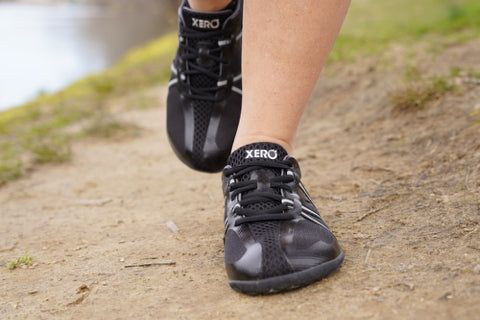 Dr. Robyn and I are often stopped on hiking and running trails by fellow outdoor enthusiasts who notice our unique footwear choices. With puzzled looks on their faces, they ask us how we avoid spraining our ankles in such minimalist footwear on such uneven terrain. The truth is, minimalist shoe wearers are at a distinct advantage when it comes to avoiding dreaded—and often temporarily debilitating—ankle sprains. But not all minimalist...
Read more
Dr. Robyn and I are often stopped on hiking and running trails by fellow outdoor enthusiasts who notice our unique footwear choices. With puzzled looks on their faces, they ask us how we avoid spraining our ankles in such minimalist footwear on such uneven terrain. The truth is, minimalist shoe wearers are at a distinct advantage when it comes to avoiding dreaded—and often temporarily debilitating—ankle sprains. But not all minimalist...
Read more















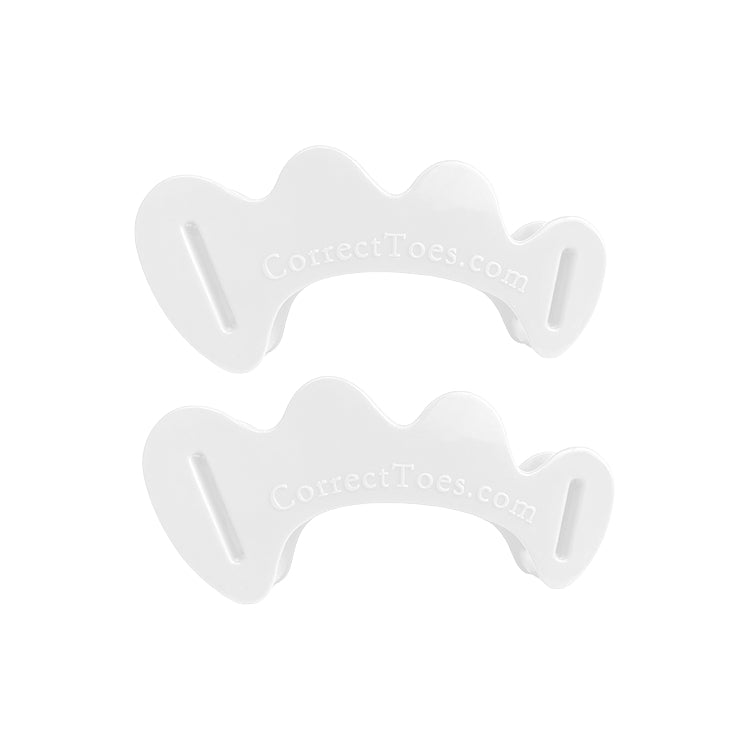
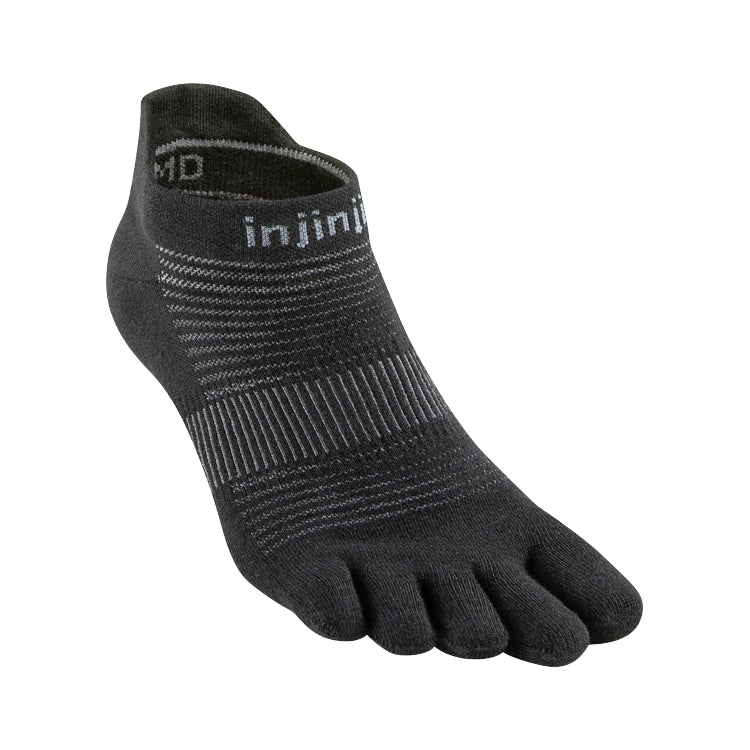
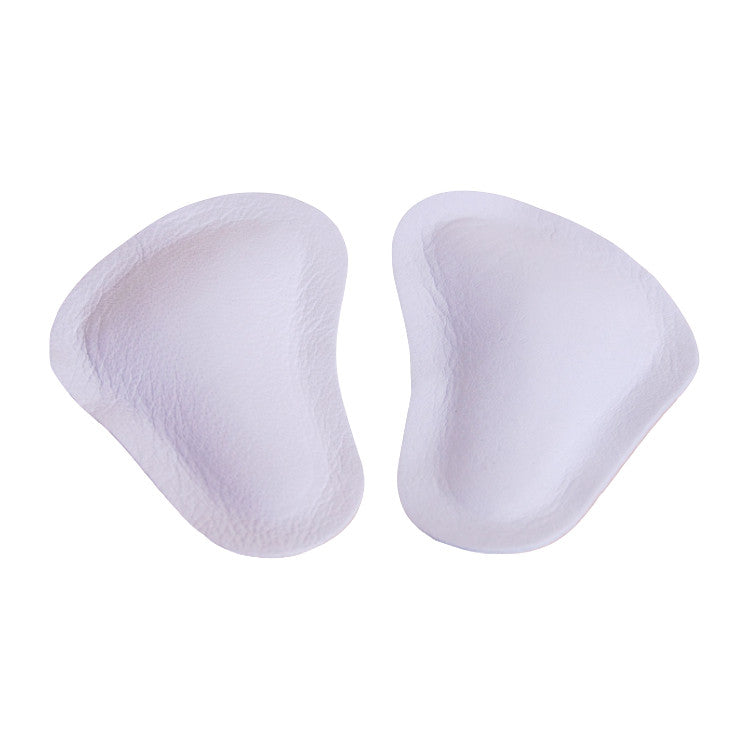
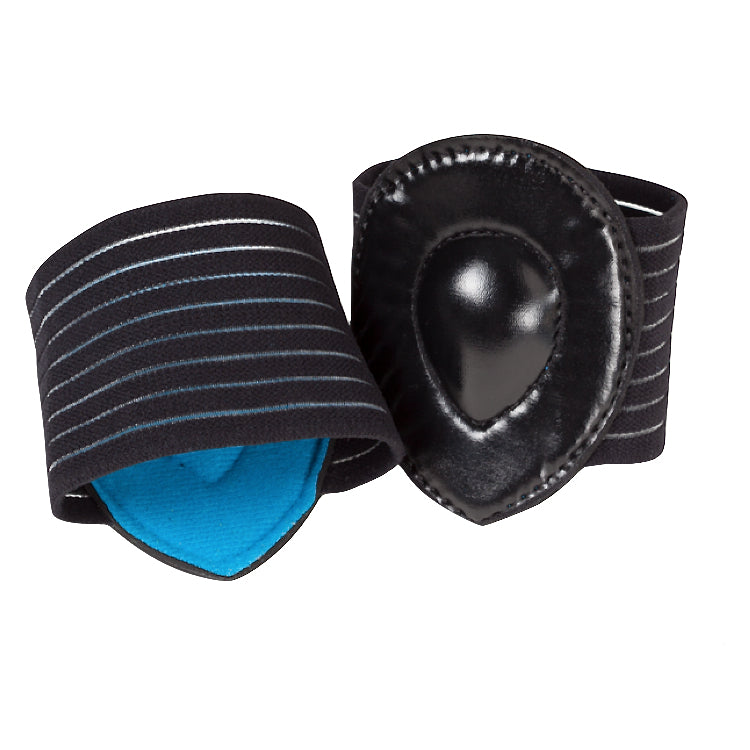
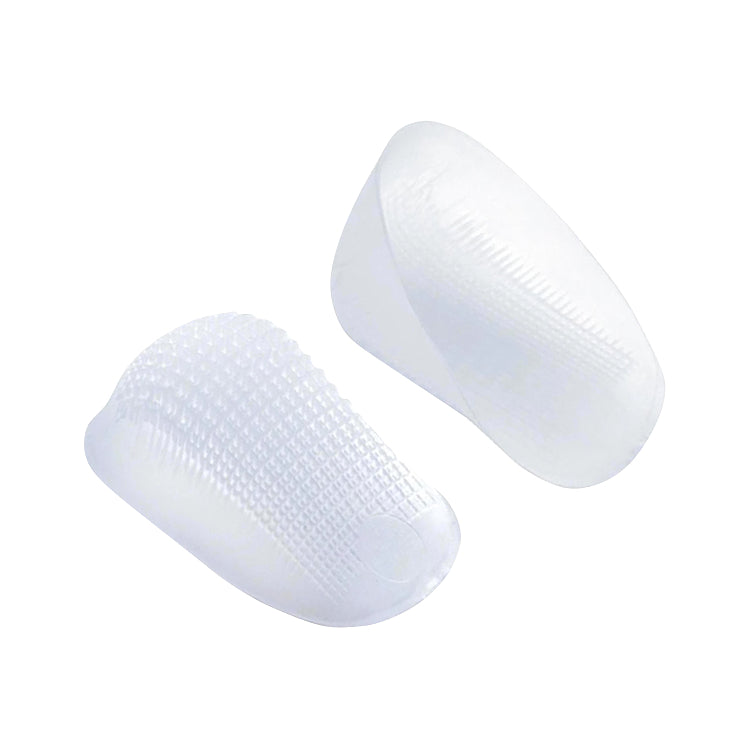

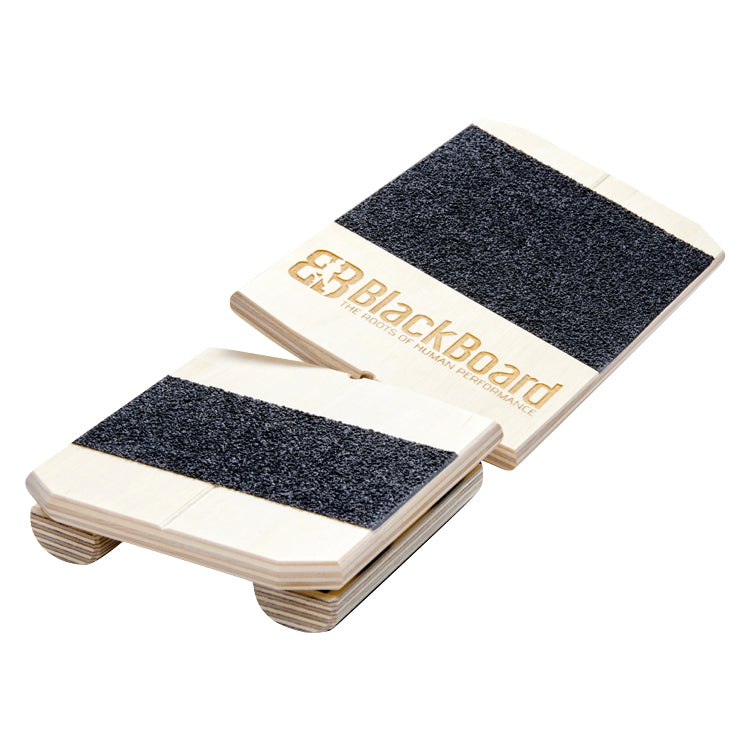
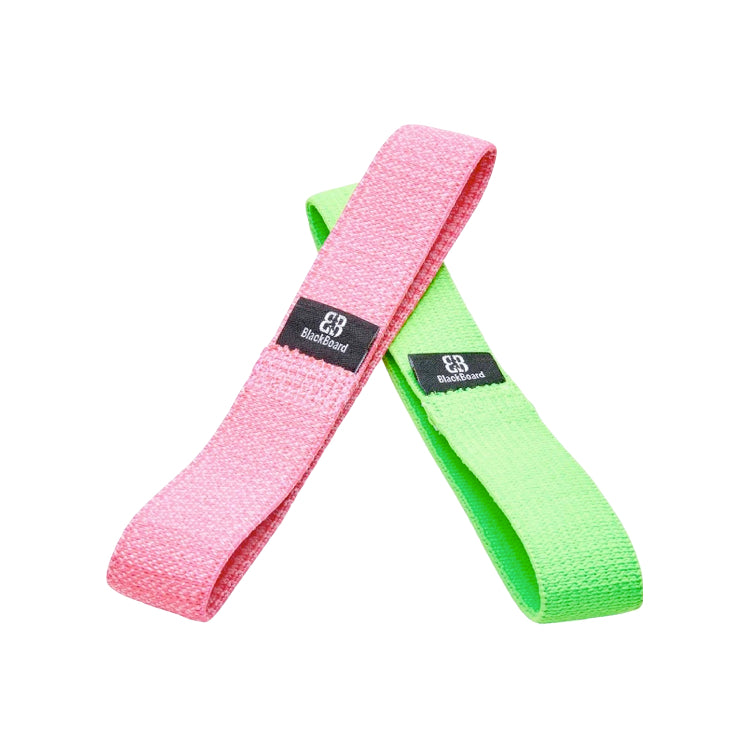
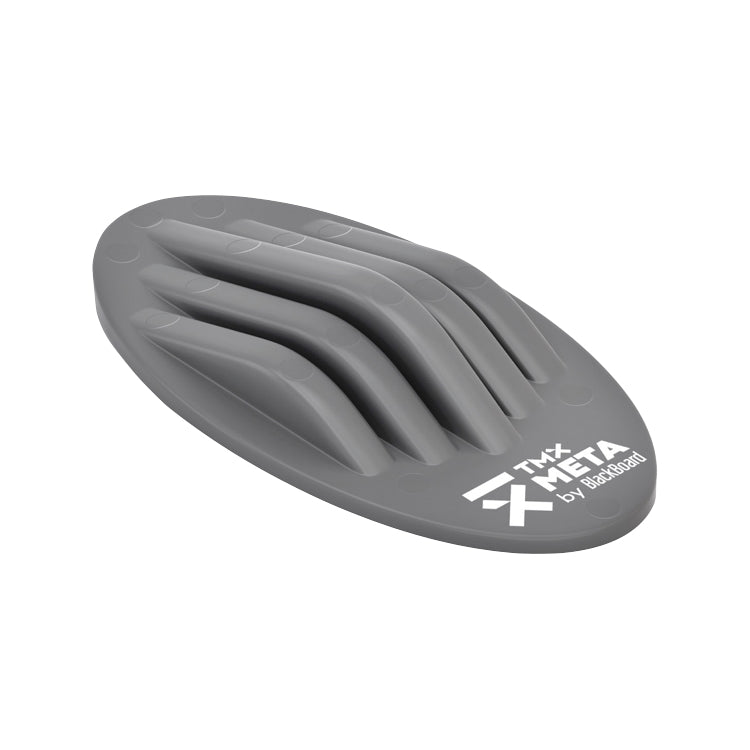
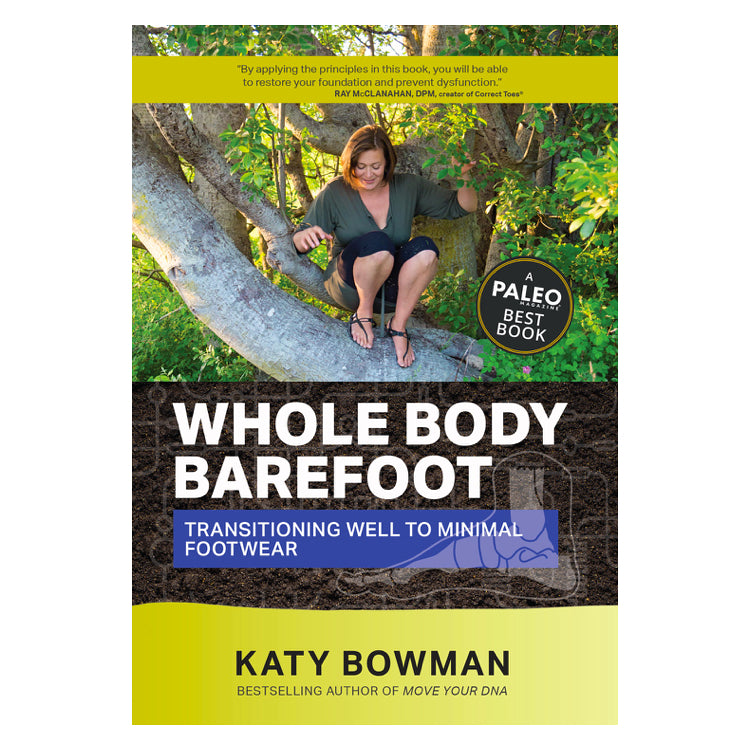
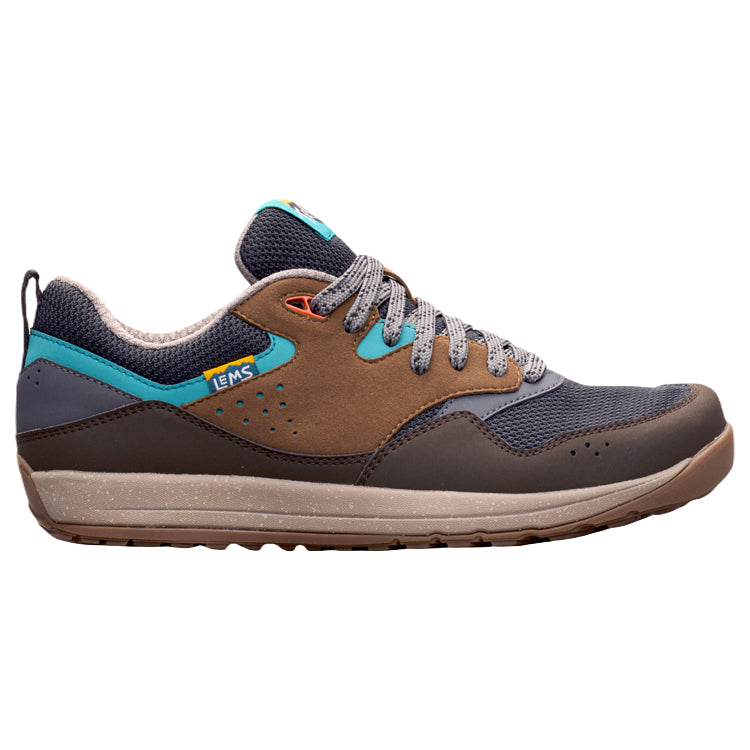
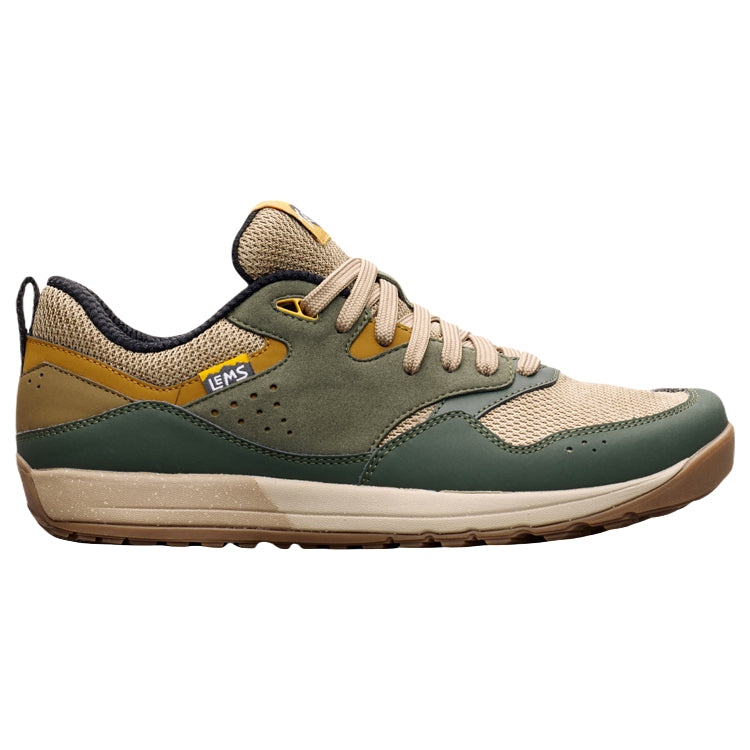


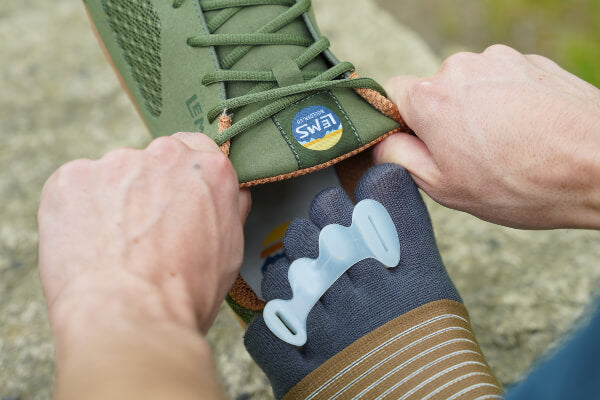
Thanks! Excellent presentation. Good to learn about thicker-soled Altra and Luna shoes; and answered my question on metatarsal pads. Also learned how to determine an appropriate wide toe box.
It’s our pleasure! We’re glad that you enjoyed the article, and we really appreciate your kind words. If you have any additional questions about the content in this article (or about natural foot health approaches in general), please do let us know!
Kind regards,
Marty Hughes, DC
Thanks for all the information about transition to the best way of using our feet and toes. Since december last year I started to forefoot strike, and its going better and better. Excellent website!!!!!
Albert Posthumus
The Netherlands
Hi, Albert,
Thank you for your message and your kind words! We are thrilled that you’ve been enjoying our site. It’s our pleasure to be able to offer helpful info and products that support natural foot health. If you have any additional thoughts or questions, please do send them our way.
Kind regards,
Marty Hughes, DC
What’s your opinion on the B2R shoes with split toe and the training methods of Eric Orton? Running is jumping. What’s the best position of your toes with forefoot strike?
Hi, Albert,
Thank you for your question. I haven’t personally inspected the B2R shoes, but it does appear that they include some foot health-positive features (flat, flexible soles, for example) and other features that are less favorable (tapering toe boxes). I really can’t offer more of an opinion on these shoes without seeing them firsthand. I’m also not familiar with Eric Orton’s training method, so I can’t offer any thoughts here. I’m of the opinion that the best position of the toes for a forefoot strike is splayed (to create a broad landing platform).
Cheers,
Marty Hughes, DC
This is an absolutely brilliant article and so very helpful for those looking to make the best of what took nature billions of years of evolution and testing to achieve. Thank you so very much.
Thank you SO MUCH for your incredibly thoughtful comment, Tyler! I’m thrilled that you found the post helpful, and I really appreciate your kind words. The pleasure is all mine.
Cheers,
Robyn Hughes, ND
Can a lift (approximately 1/2 inch) be worn in a minimalist shoe? The tibia of one of my legs is that much shorter than the other leg. I am currently using Correct Toes to help correct arthritic toes with bunions and toe overlap. Thank you.
Hi, Josephine,
Thank you for your question. We always prefer a full foot-length lift as opposed to a heel lift (I’m not sure which one you’re used to using), as this keeps your heel and forefoot on a level plane and encourages natural arch support (www.naturalfootgear.com/blogs/education/17920972-what-is-natural-arch-support). You might consider seeking out a cobbler in your area to see if he or she might be able to add material to the sole of your minimalist shoes to balance out your limb length discrepancy (this would render the shoe less minimalist, but it would preserve your foot health).
Kind regards,
Marty Hughes, DC
My standard walking shoe is a women’s 10.5/5E without toe spacers (with a narrow heal). I have had bunion surgery and bunionette surgery (scraping the arthritic bone on both feet). I also have one surgically “corrected”(?) hammertoe (2nd toe), and on the other foot, the same toe has a cushion underneath. My feet tend to supinate. I wear corrective inserts.
What’s the chance that Lems shoes would work with my feet?
Hi, Donna,
Thank you for your comments. All of the Lems shoes have exceptionally wide toe boxes. And because they’re widest at the ends of the toes, they usually do well to accommodate bunions and hammertoes. You can read more about natural footwear solutions to these problems here:
www.naturalfootgear.com/blogs/education/tagged/conditions.
Most customers find that the Lems shoes accommodate their inserts, though sometimes removing the included (optional) liner is necessary.
If we can answer any further questions for you, just let us know!
Kind Regards,
Andrew Potter